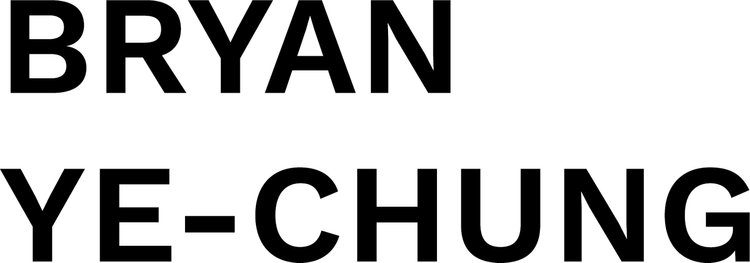With the rise of technology, digital landscapes and the Instagram-age, there is no question our culture has taken a turn towards the visual. I am a part of this. My millennial roots reveal I would rather watch videos or stare at photos than read words. Image is the new normalcy.
And in an image-driven culture, the question of 'what is beauty?' becomes relevant. As a visual artist, I find myself constantly asking, "How do I create something that is beautiful?" Image and beauty are related, but they are certainly not synonymous. Beauty is something else far off in the distance. She may present herself through image, but we instinctively know there is something more to her.
We find beauty calls us into something deeper than the 'aesthetically-pleasing' or 'pretty'. She instead calls us into a more wholesome experience of ourselves. As we see her we find ourselves surprised, revitalized, and invited into God's mystery of an eternal embrace. "Beauty begets beauty," as Elaine Scarry writes. Beauty is contagious. Experiencing beauty compels us to live more beautiful lives.
And yet, in this visually rich culture, beauty has been wounded. We twisted her when we decided she is best described in the language of glamour. Here beauty vanishes, hidden behind the jungle of a commercially driven world.
The Church is not safe from these accusations. We too have decided beauty is more manageable in the category of propaganda. Our production values have gone up, our buildings have gotten prettier, and our font choices cleaner - all to lure in our visually stimulated generation.
We crave more. Our appetites will always be appetites until we learn to satisfy it with that which is beautiful. More than visual stimulus, it is beauty that enwraps our souls and minds. This of course begs the question, how do we steward a visual culture to also mean a beautiful one? I can only speak from experience.
The last time I had a moment of 'beauty' was on a road trip with a small group of friends. We were in a cozy house, fourteen of us sitting around a long wooden table. We had just finished cooking a feast of chicken marsala, fresh tomato mozzarella pasta, roasted vegetables and baked bread. The meal was prayed for, the food passed around, laughter shared and stories shared. Life shared.
It was in this sharing - this communion of life exchange together - where beauty had visited. It was as if God himself had come to take a picture, deciding this moment was beauty.
Are not our most beautiful moments in sharing communion with one another? In the sharing of real intimacy with one another?
Sharing is different from the word telling. When we share instead of tell we open ourselves up to the possibility of being wrong. We become vulnerable but at the same time open ourselves up to the possibility of expanding our souls. Telling is a statement. It does not care about the opinions or thoughts of the other.
Sharing is conversation.
Our visual culture must represent sharing instead of telling. As an artist, when I make my work about telling I reduce it to propaganda. When I make my work about sharing I allow others into the deepest, most vulnerable parts of my soul. Only then can I manifest the beautiful.
This is not easy. Our culture likes being told things with certainty. We would rather have people just agree with what we make. But we need grace for one another. To be wrong. To converse and disagree. To create weird and unclear things. And to be okay with the mystery of a God who holds it all together.

